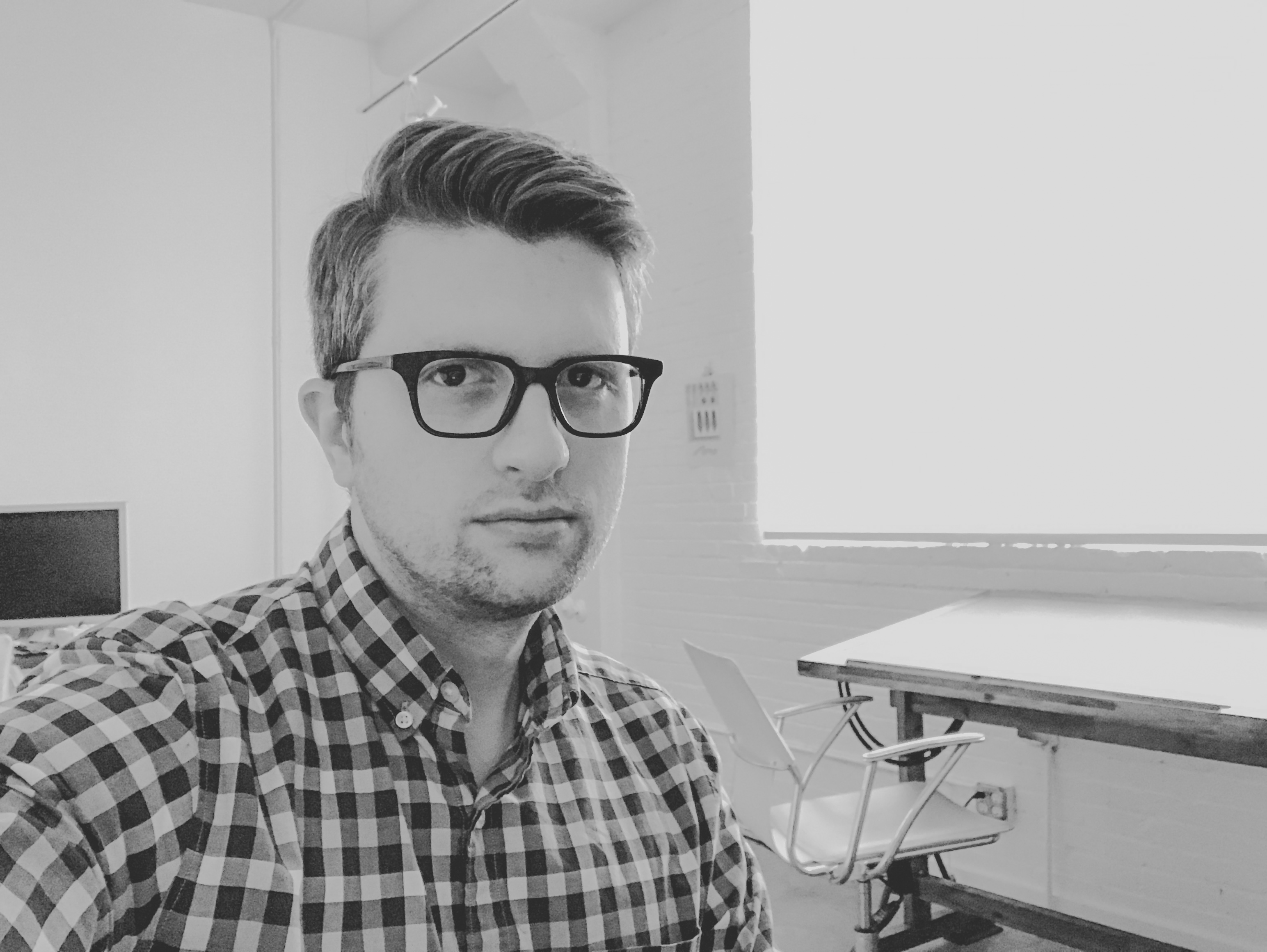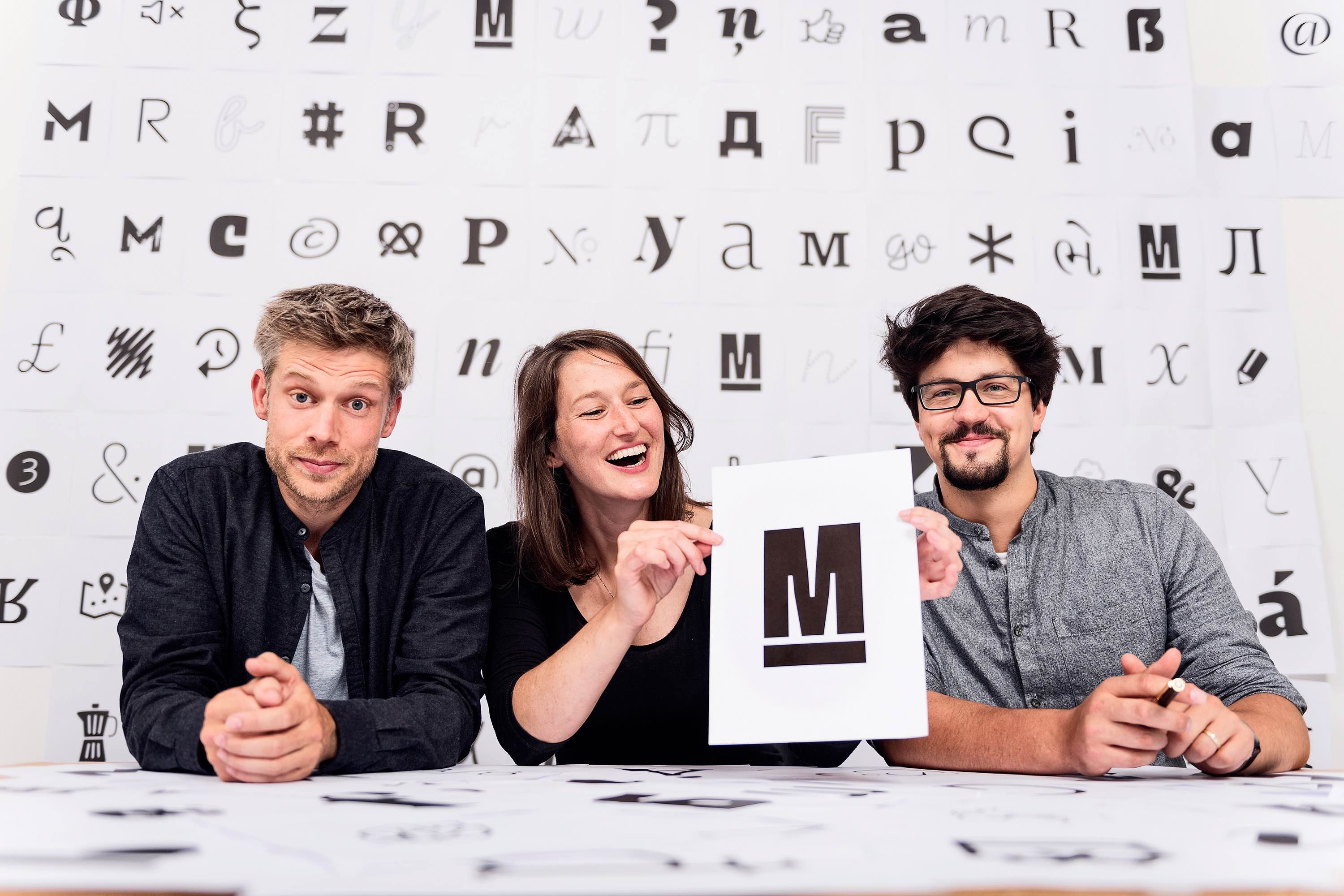When it comes to art and design, Margaret Penney is at the top of her game. The Johns Hopkins University alumnus received her MFA at Columbia, and while her education certainly helped her to become a master in the design world, it built upon something that already existed inside of her.
Margaret is an artist in every sense of the word. She lives to create, whether that means working on a digital collage, a client’s design project, or one of the many digital art packs she has crafted over the years. She has an incredible eye for good design — an intrinsic understanding of what works and what doesn’t — and that has built the foundation for an incredibly successful career.
Margaret has worked with international clients that include Nike, Sony Music, MTV, Live Nation, and Verizon, to name a very select few. She also teaches courses at Sessions College For Professional Design and she regularly writes about design, sharing her knowledge and experience with those who want to learn more about the field.
When it comes to design, there isn’t anything Margaret can’t accomplish. She established Hello Mart, which later evolved into New Visual Things, an online resource that provides designers with stellar art packs and design stock. She’s worked in branding, package design, print design, art direction, and typography, and we recently spoke with her to learn more about her experiences working in the design industry.
Margaret’s partner builds machines, so she works on a do-it-yourself computer setup of sorts, a PC that was custom-built for its functionality. “I do a lot of design production work with my projects and find the file path structure found on a PC computer is much easier to traverse and this translates into a huge time saver for me,” she told us.
Margaret works with dual monitors that enable her to have plenty of creative space to work with. She calibrates her monitors with a Datacolor Spyder, a tool that provides an accurate color display in her workspace. Margaret also uses a graphics tablet, cutting pad, and fine liner pens in her design workflow, while plenty of notecards with scribbles collect in piles around the perimeter of her desk.
Although she uses a variety of design applications, Adobe Illustrator is her favorite program to work with. “I like how the Illustrator art boards are set up and how simple it is to organize them,” Margaret said.
Within close reach of her workspace, she also keeps an “eclectic library of design, art and culture books,” she told us. “I have a wide assortment of current books and vintage books I’ve gathered over the years.”
Working as a digital artist and designer certainly does come with its own unique set of challenges. “Since I work on many projects at once, organization is a challenge,” Margaret said. “I try to make my work process simple and clear.”
Simplicity and clarity are two things she notes as being absent on “over-designed apps and websites,” she added. To give an example, a website that assumes the viewer is using a mobile device or touch screen may lack something as common-sense as clearly defined buttons for easy navigation. “I’m a fan of the button and predict we’re going to see its comeback,” Margaret told us.
She went on to explain that as the design industry continues to advance and transform over time, the changes are both good and bad for those working in the field.
“As a new designer, the evolving nature of the design industry meant that if you were curious, hard working and creative you could get in fairly quickly and establish yourself and find clients,” Margaret explained. In the early days of her own career, for instance, she studied web design and Flash, two skills that she considers as key to some of her success.
These days, however, there are so many design applications and coding languages available that a designer may spend more time learning how to use them instead of actually creating quality designs with them.
“Being a good designer isn’t really about knowing apps and design tricks — it’s about communicating effective visual ideas with craft,” Margaret told us. “I think the design industry could benefit from a little less focus on apps and the evolution possible through technology and more focus on creating environments for thoughtful human-centered ideation and visual communication.”
Margaret would like to see the design industry return to its roots, in a sense. “I’d like to see the value of quality and original design be re-established, especially in the online space,” she explained. “I look to the mid-century modern era as an inspiration and how design was valued then.”
Margaret thinks that in the future, the digital and analogue worlds could begin to separate somewhat in the design industry. “I see the movement toward virtual and augmented design and its role in advertising and social spaces, in particular,” Margaret noted. “I also see the need for more ecological design across the spectrum and that includes graphic design.”
“Graphic designers may choose to be more highly digital or analogue, depending,” she added. “Either way, there’s lots to explore and discover for designers.”
That isn’t to say Margaret is against new design technology — quite the opposite. “I have a combinatorial and collagiste style, so I have included new design technologies quite readily,” she told us. Particularly with her earliest projects, code and design software certainly played a role in her finished work.
“New design technologies are tools, like all technology, and are there to be used and experimented with to create new things,” Margaret observed.
Still, she prefers to work with “full-featured apps that don’t require exporting to another location or app to complete a project,” she told us, making full use of the dedicated workspace we described earlier.
Margaret would consider using her mobile for design if she were able to attach it to a foldable monitor or keyboard, but designers are severely restricted by the size of those devices. She’s used an iPad for illustration before but found the screen to be limiting.
“With design apps for tablets, the interfaces could have more options for layout, measurement, scale and design production,” she explained.
Margaret offered some great advice to those interested in building a career in the design field.
“Develop a keen interest in visual culture and learn how to interpret what you see,” she explained. “Take the time to learn traditional design skills. Don’t just do what everyone else is doing. Design feedback is your friend.”
Every creative career begins somewhere. With education, perseverance, and a passion for your work, the sky is your only limit.
Margaret Penney currently offers more than 120 products through YouWorkForThem, a varied collection of digital art packs and design stock for projects of all kinds. Visit her portfolio to take a look at her complete body of work and bookmark it so you can check back for new additions in the future!






